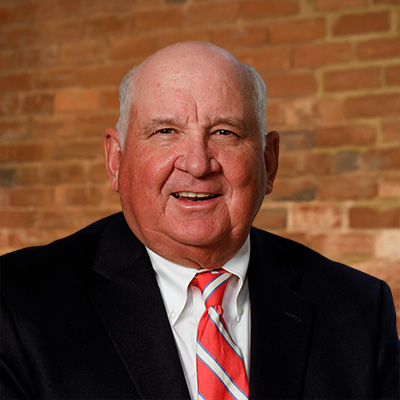Distracted driving occurs when a driver’s primary attention is taken away from the essential task of driving a motor vehicle. This common behavior endangers the life of the driver as well as other drivers, passengers, and pedestrians. Unfortunately, distracted driving has risen to epidemic levels on our highways all across the country. Thousands of car accidents occur each year due to this extremely dangerous manner of driving.
Drivers should be focused on the road and be prepared to respond in a split second to unforeseen circumstances that might suddenly arise. When a driver becomes distracted, at least one of these three things occur: the driver takes his eyes off the road, the driver takes his hands off the wheel, or the driver takes his mind off the task of driving. Here are some examples of distracted driving behavior:
- Eating or drinking while driving
- Using a cell phone to make or receive phone calls
- Sending a text or reading a text
- Interacting with other passengers in the car
- Changing the music on the radio or CD player
- Paying attention to a navigation system while driving
- Combing or fixing your hair, putting on make-up, shaving, or other personal grooming
- Driving with an unrestrained pet in the car
The National Highway Traffic Safety Administration (NHTSA) says that 18% of the car wrecks in 2010 that resulted in injuries were caused by distracted driving.[1] Distracted driving has become as big a problem as driving while under the influence of alcohol. The two seem to have more in common than you might think. In both cases, the driver’s concentration is negatively impacted and the driver’s reaction time is considerably slower. People will admit that drinking and driving is dangerous, but not many people think that driving while talking on the phone is nearly as bad. Research has shown that using a cell phone while driving reduces the brain activity that is focused on driving by 37%.[2]
The only way to stop distracted driving is to change driver behavior.[3] Education and public awareness is vital to changing driver behavior and reducing the number of car crashes. What would it take for you to change your behavior behind the wheel? Think about the effect on your family if you were badly injured. Think about how you would feel if you caused a crash that resulted in serious injuries to a family member or friend in your car. Think about how you would feel if you caused a crash that resulted in serious injuries or death to someone else in another car, and how that would affect them, and their family and friends. Think about how you would feel if you lost your license or were jailed because of your dangerous driving. Think about how you would feel if you were sued for the injuries or death you caused. If any of these results concern you, then think about beginning to change your driving today — and be a safer driver for all of us.
About P. Christopher Guedri: Chris Guedri is an experienced personal injury lawyer in the Richmond, VA office of Allen & Allen. He has handled complicated car accident cases, tractor trailer accident cases, bus accident cases and defective product cases. In a career spanning over 30 years, he has been recognized by his peers as a superb litigator, Chris has been listed in the book Best Lawyers in America since 1995. More recently, he was inducted into the International Academy of Trial Lawyers, an organization of attorneys who are elected to membership based on their reputation for excellence. He has been included among “Legal Elite Best Lawyers in Virginia” by Virginia Business Magazine.?
[1] See more distracted driving statistics the Department of Transportation’s (DOT) website at http://www.distraction.gov/content/get-the-facts/facts-and-statistics.html.




